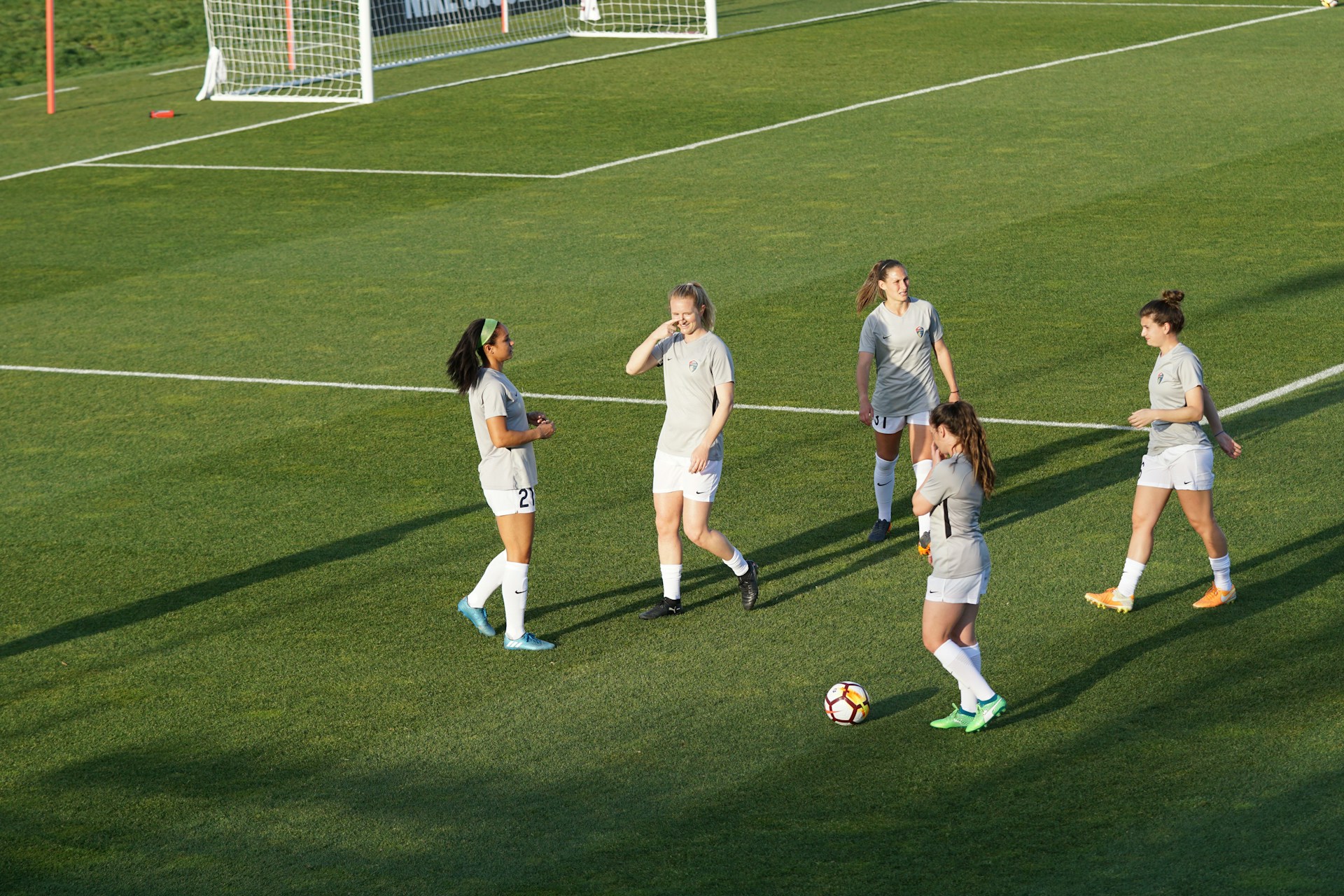Overall citedness: 164 secondary documents (updated by April 18th, 2024)
Amerta Nutrition only publishes original articles relating to all nutritional disciplines. Articles will be considered for publication on the condition that they have not been published or sent to other journals. Articles can be classified as research reports or literature reviews that can help readers obtain information on nutritional issues as well as various studies in nutrition science. The article should also support the advancement of science, education, and the development of nutritional practices. The manuscript shall be published in Bilingual (English and Indonesian), starting from March 2023, therefore the author shall ensure that the manuscript is collected in accordance with Indonesian or English writing principles and there is no error in the wording. The length of the manuscript should also be proportional. The manuscript is submitted in softcopy via e-mail. The script should be typed using MS Word program, Calibri font, 14 pt size for title, and 9 pt for other than title, single space with left, right, up, and bottom margin of 2.5 cm. Titles are typed in bold, while Latin names are typed in italic. Article length can not be less than 10 pages and not more than 14 pages. The author must also follow the guidelines for the preparation of manuscripts according to the type of script to be published.
1. ORIGINAL ARTICLE
Example:
Farapti Farapti1, Qonita Rachmah2, Emalia Rhitmayanti3, Mahmud Aditya Rifqi4
1Departemen Gizi Kesehatan, Fakultas Kesehatan Masyarakat, Universitas Airlangga, Indonesia
2Department of Nutrition and Dietetics Institute of Nutrition, Mahidol University, Thailand
3Departemen Gizi Kesehatan, Fakultas Kedokteran, Universitas Brawijaya, Indonesia
4Departemen Gizi Masyarakat, Fakultas Ekologi Manusia, Institut Pertanian Bogor, Indonesia
Format for citing journal article:
Format for citing book:
Format for citing electronic publication:
Format for citing proceeding:
Format for citing bachelor thesis, master thesis or dissertation:
Format for citing patent:
Example:
Farapti Farapti1, Qonita Rachmah2, Emalia Rhitmayanti3, Mahmud Aditya Rifqi4
1Departemen Gizi Kesehatan, Fakultas Kesehatan Masyarakat, Universitas Airlangga, Indonesia
2Department of Nutrition and Dietetics Institute of Nutrition, Mahidol University, Thailand
3Departemen Gizi Kesehatan, Fakultas Kedokteran, Universitas Brawijaya, Indonesia
4Departemen Gizi Masyarakat, Fakultas Ekologi Manusia, Institut Pertanian Bogor, Indonesia
Format for citing journal article:
Format for citing book:
Format for citing electronic publication:
Format for citing proceeding:
Format for citing bachelor thesis, master thesis or dissertation:
Format for citing patent:






